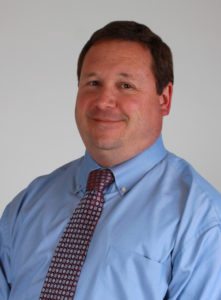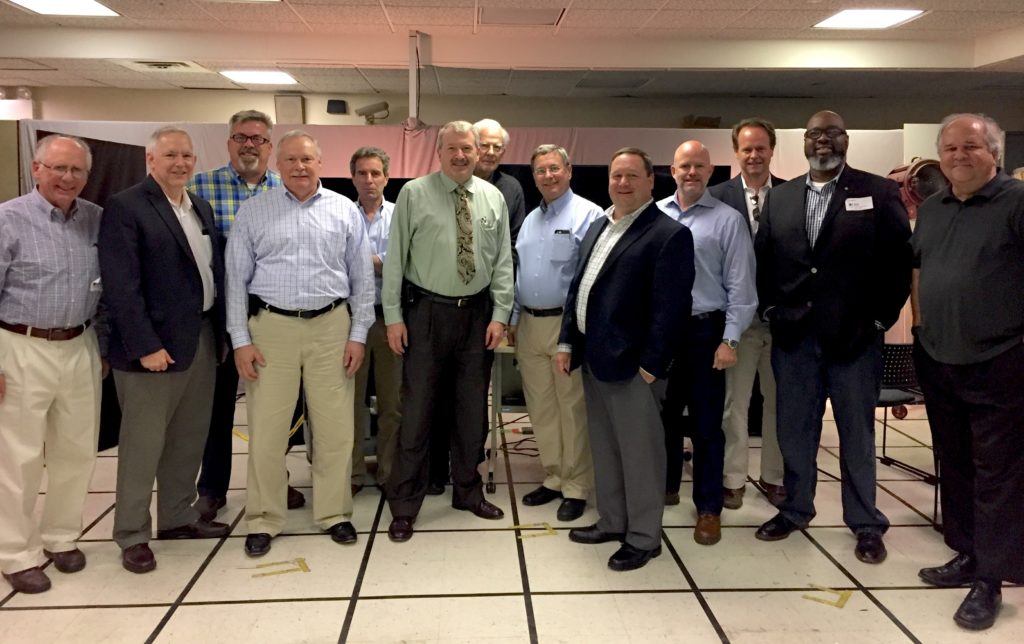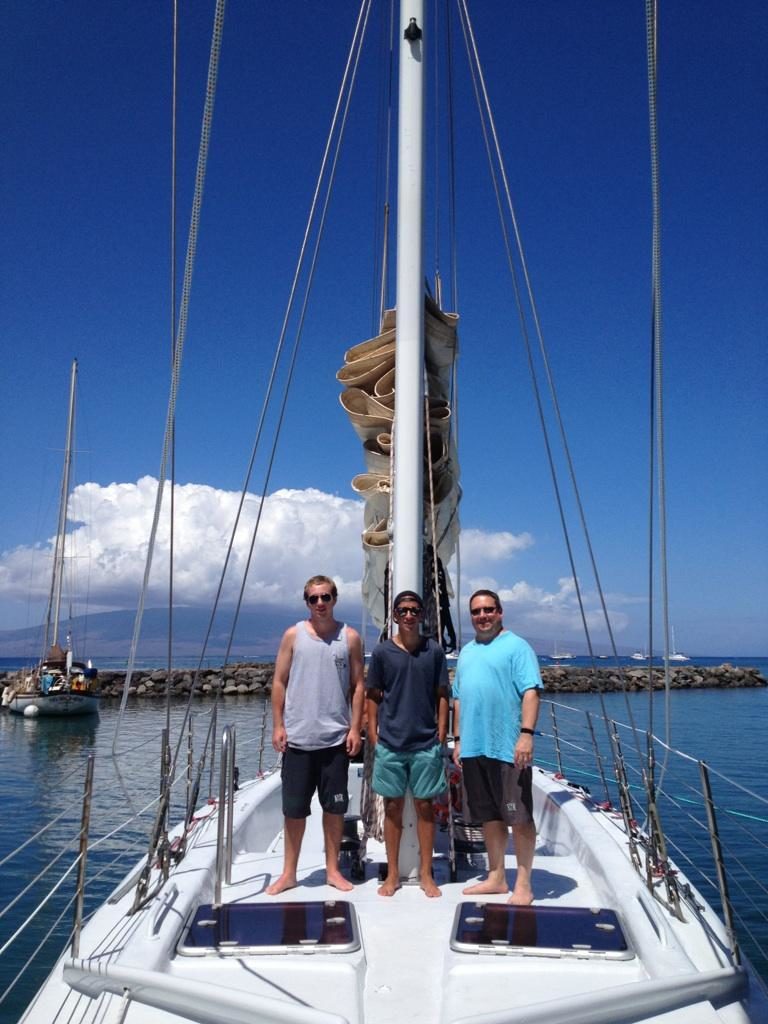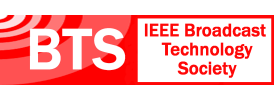- About
- Members
- Sponsors
- Subcommittees
- Technical Documents
- News
- Events
- Spotlight ATSC 3.0
- Contact Us
- Member Login
- Member Meetings
- Advanced Search
Search Site
Member Links
- About
- Members
- Sponsors
- Subcommittees
- Technical Documents
- News
- Events
- Spotlight ATSC 3.0
- Contact Us
- Member Login
- Member Meetings
- Advanced Search
Someone You Should Know : Jim DeChant, News Press & Gazette Broadcasting
Posted on October 2, 2017 in ATSC News
 Jim DeChant, Vice President of Technology at News-Press & Gazette Broadcasting, is active in the ATSC’s TG3 Technology Group and various specialist groups, building on his decades of experience in his native Oregon.
Jim DeChant, Vice President of Technology at News-Press & Gazette Broadcasting, is active in the ATSC’s TG3 Technology Group and various specialist groups, building on his decades of experience in his native Oregon.
After graduating from the University of Oregon with a degree in telecommunications, DeChant’s career in the Beaver State began with Storer Cable in Portland where produced local commercials, operated live production vehicles for sporting and community events, and produced local origination programs of interest to the community.
After 10 years with Storer, DeChant was hired by an entrepreneur to help build and operate a network of low power television (LPTV) facilities serving communities in Oregon and Washington. The network of LPTV stations eventually became the Telemundo affiliate for Portland and many surrounding areas in two states.
His career then took him to full-power station, KTVZ, in Bend, Oregon, where he worked in operations, engineering and as a general manager. The News-Press & Gazette acquired KTVZ and, after several years, the company tapped DeChant to lead its technical operations and engineering activities, initially as a Director of Technical Operations and, ultimately, as VP of Technology.
ATSC and ‘Application Television’
DeChant says his company has been expanding their reach to web, mobile and OTT (over the top) platforms over the past two years and sees involvement in ATSC 3.0 technology as a natural step in that direction. News-Press & Gazette Broadcasting describes its planned Next Gen TV service as the “Over the Top-Over the Air” user experience, and they’re working to unify and align their application-based delivery systems across all platforms.
“By joining ATSC,” DeChant says, “we felt that we could be at the forefront of the development of the standards contributing to this goal.” He’s primarily involved with TG3, S34-1, S34-4, S37, TG1 and TG1-10.
He points out that data multicasting will allow consumers to receive news, information and entertainment programming at their convenience. He says targeted programming and advertising will enhance the viewer experience and allow producers and advertisers access to real-time and accurate metrics allowing them to become a content concierge for their users.
The most impressive feature of ATSC 3.0, according to DeChant, is the ability to provide news, programming and emergency information to devices in a streamlined and user-friendly application. Another feature he says he appreciates is the datacasting, which will allow an efficient distribution of software and other products to a large number of people over a multicast network.
“ATSC 3.0 will bring the broadcast industry into the modern age of application television,” DeChant says.
Family man, Outdoorsman and Engineer
DeChant lives in Bend, Oregon with his wife, Misty. They’re proud of their sons, Willie, Davis and Keaton. Their eldest is a University of Oregon alumnus with a degree in education. Their middle child is studying chemical engineering at Oregon State University, with their youngest currently attending Western Oregon University studying psychology and forensics.
Despite his family focus and intensive work for his company and the ATSC, DeChant tries to find time to enjoy the Beaver State’s great outdoors – fishing, hiking, cross-country skiing and photography.
Posted in ATSC News
News Categories
News Archives
Subscribe
Subscribe to The Standard, our monthly newsletter. Learn More
Join ATSC
ATSC is a membership organization with both voting and observer categories. Voting members include corporations, nonprofit organizations, and government entities, and they participate actively in the work of ATSC. Observers are individuals or entities not eligible to be a voting member.
Subscribe to our Newsletter
Subscribe to The Standard, our monthly newsletter, to stay up-to-date with ATSC news and events around the world.
Site Links
Contact Us
Advanced Television Systems Committee, Inc.
1300 I Street NW, Suite 400E
Washington, DC 20005
Do you have questions about ATSC?
About ATSC
The Advanced Television Systems Committee, Inc., is an international, non-profit organization developing voluntary standards and recommended practices for digital terrestrial broadcasting. ATSC member organizations represent the broadcast, broadcast equipment, motion picture, consumer electronics, computer, cable, satellite, and semiconductor industries. ATSC also develops digital terrestrial broadcasting implementation strategies and supports educational activities on ATSC standards.
© 2025 ATSC






































